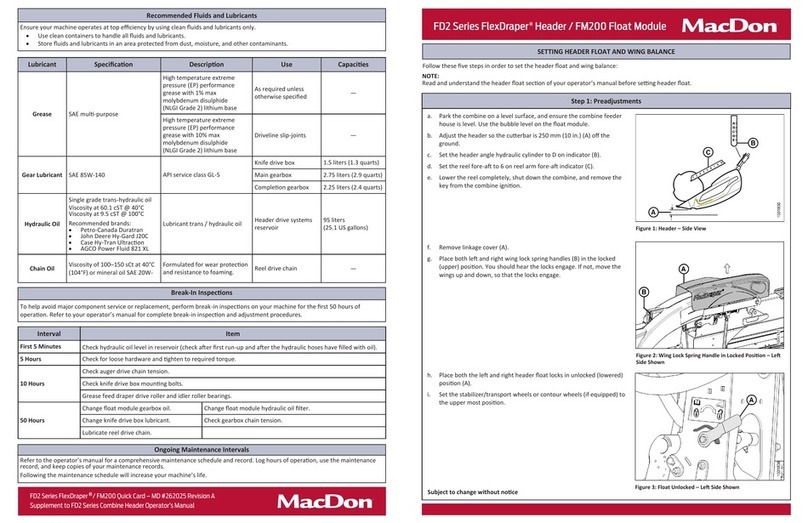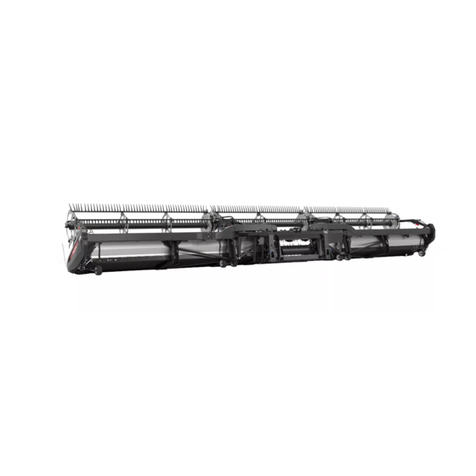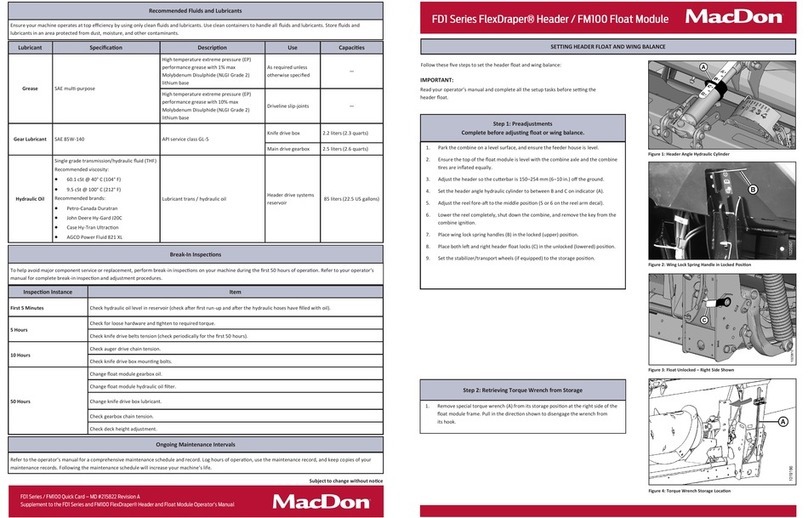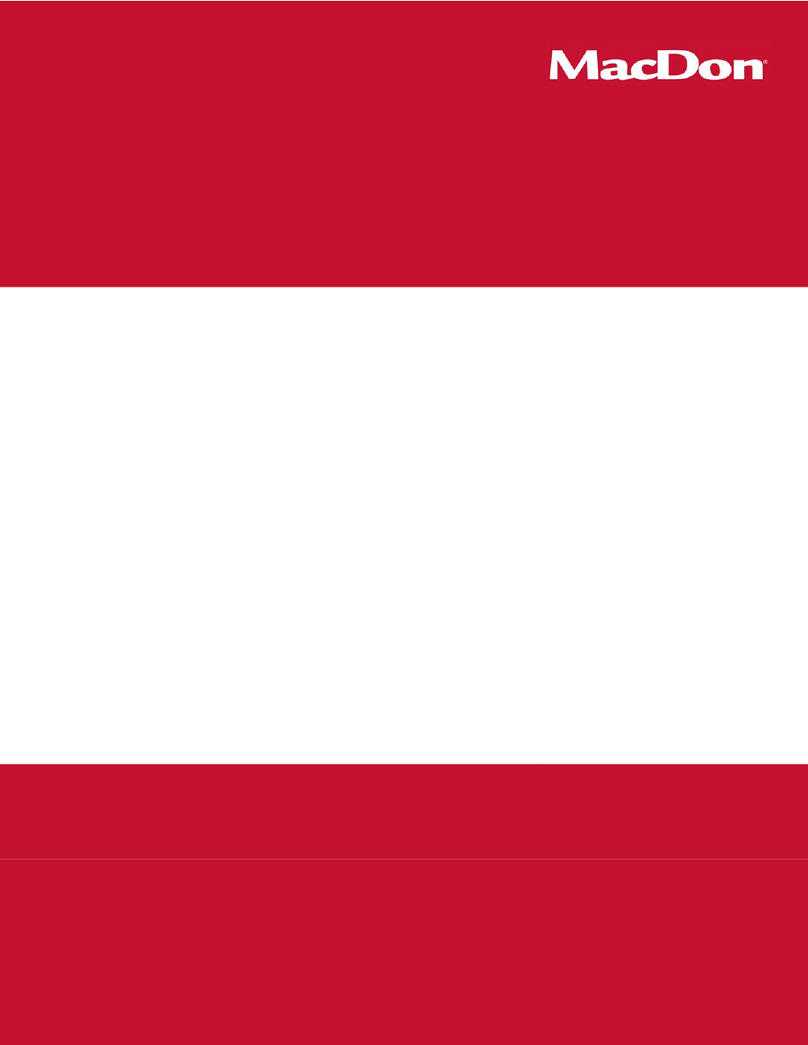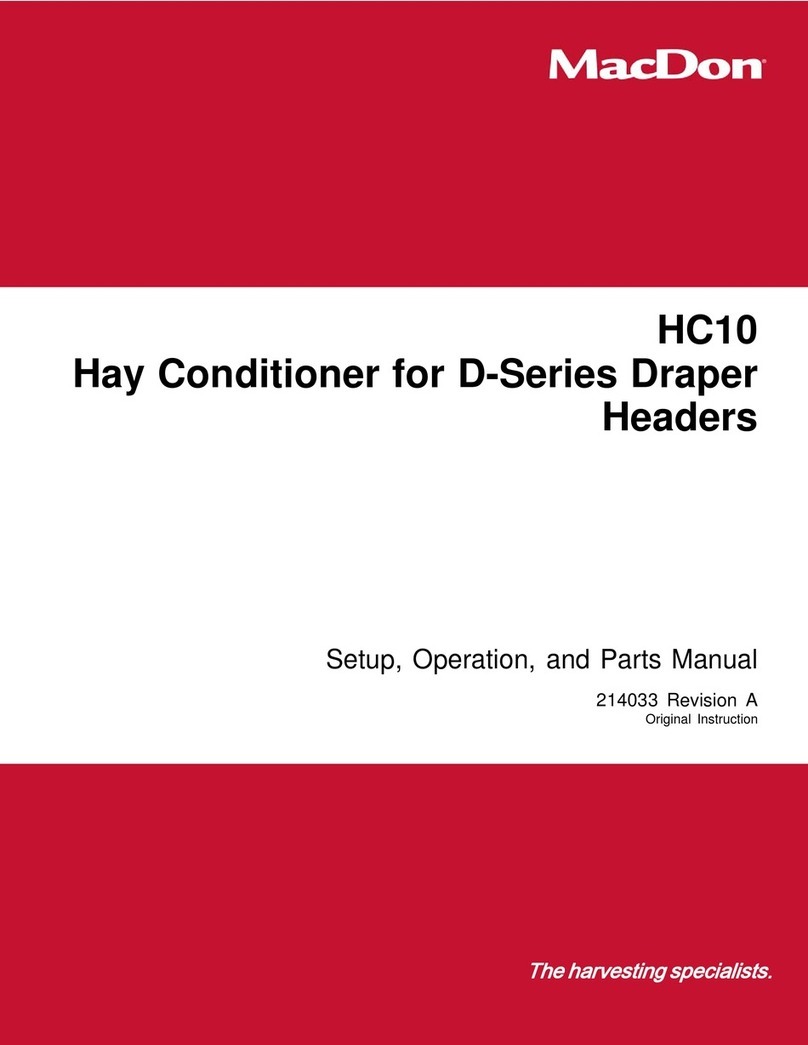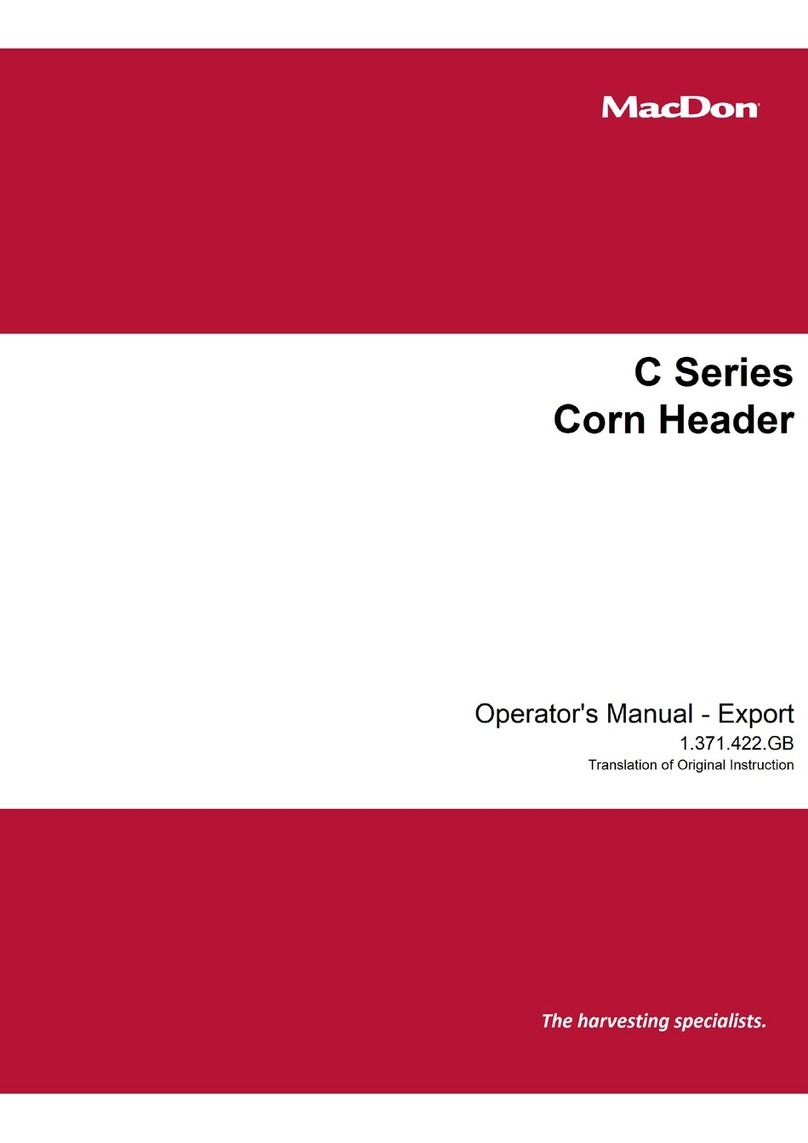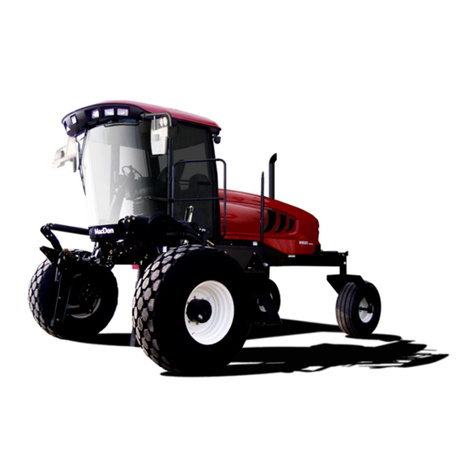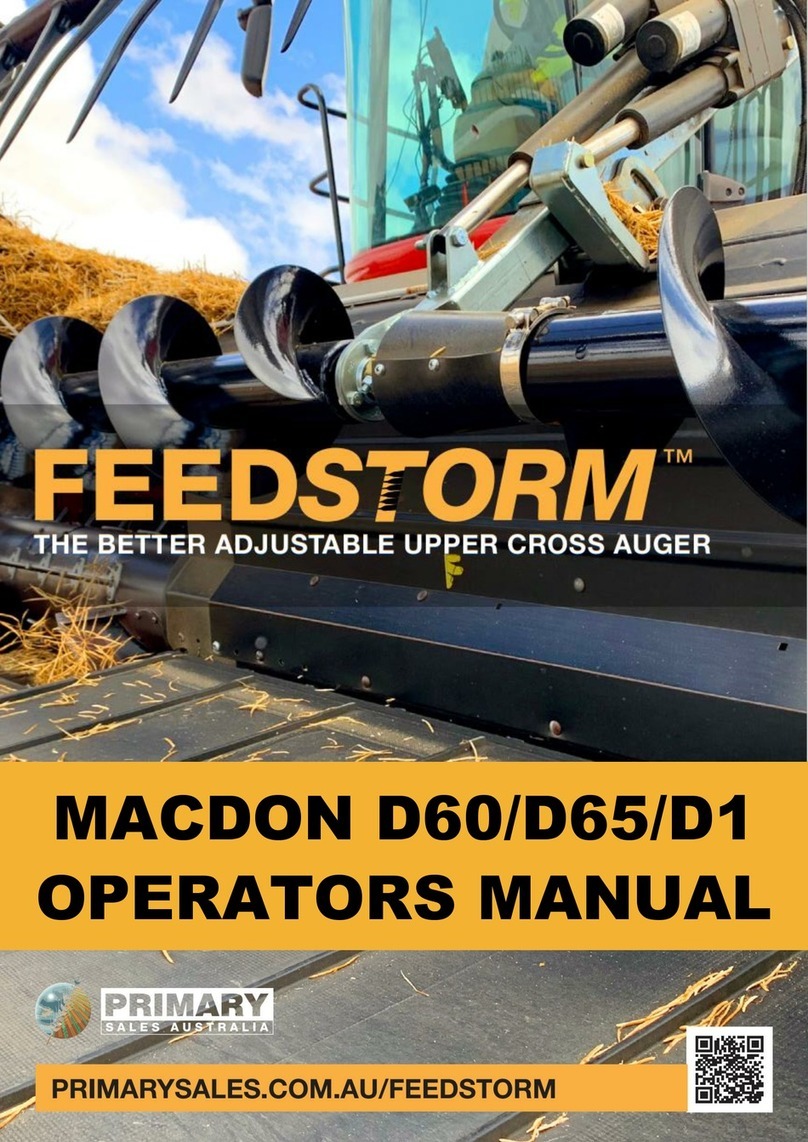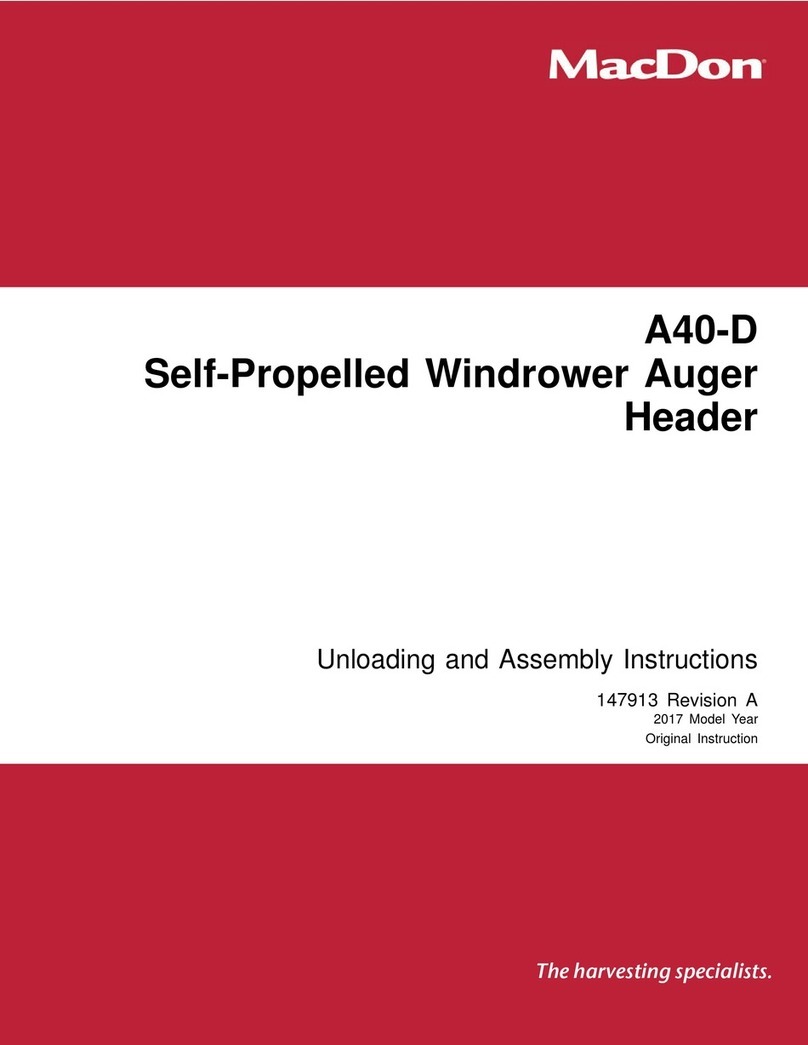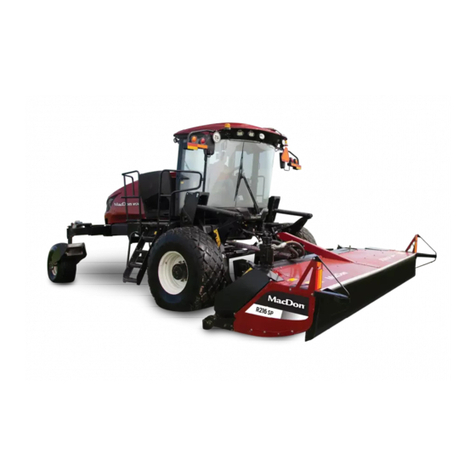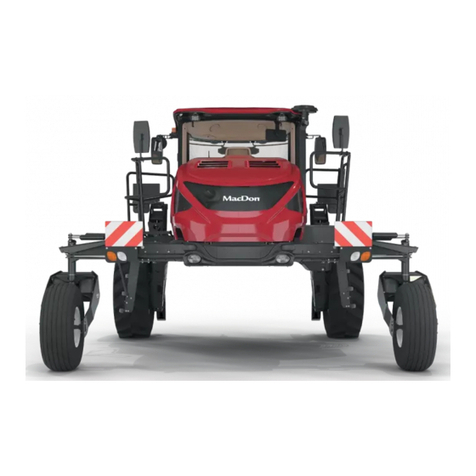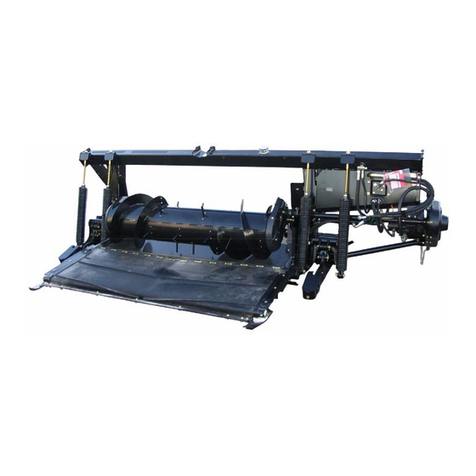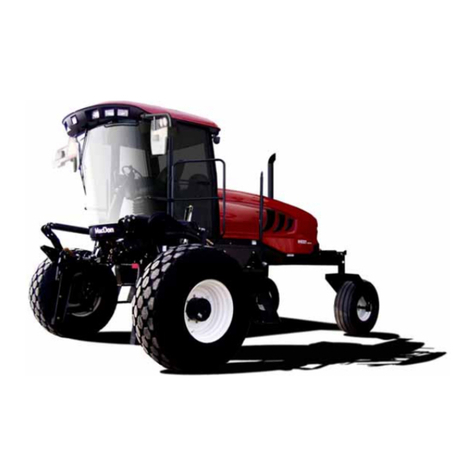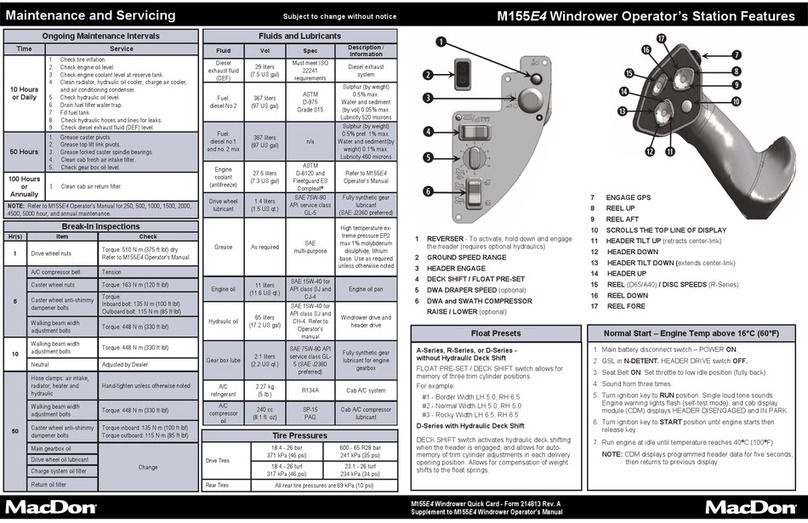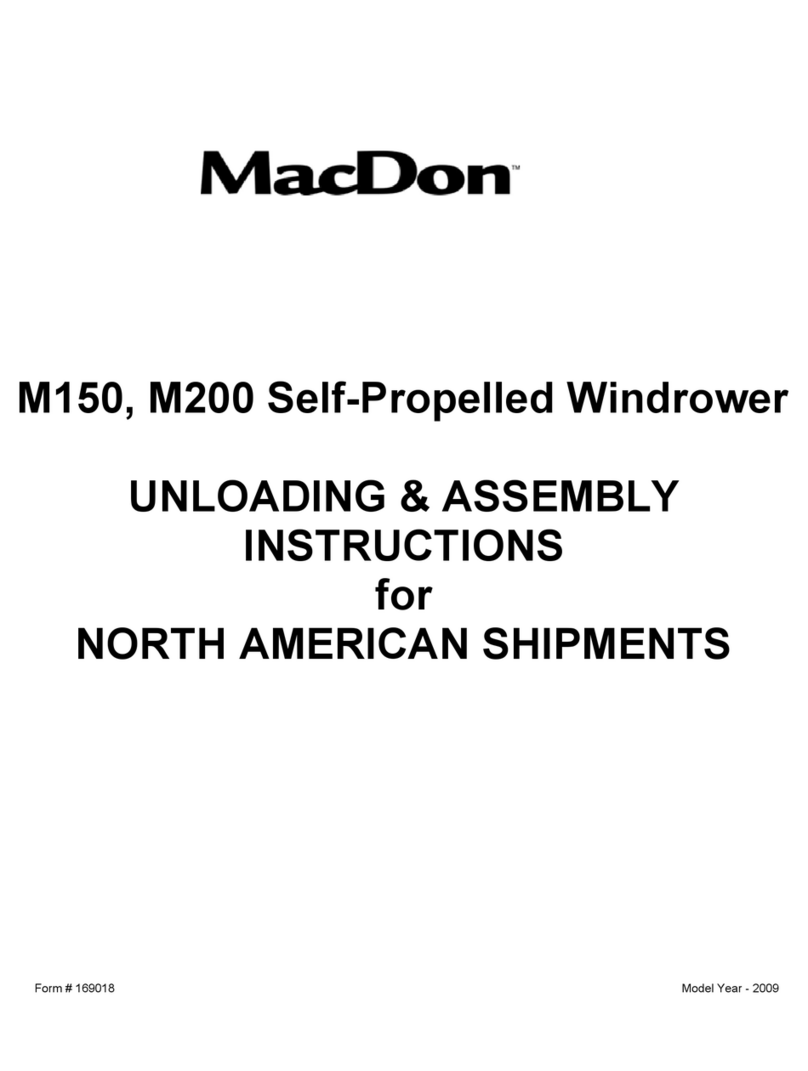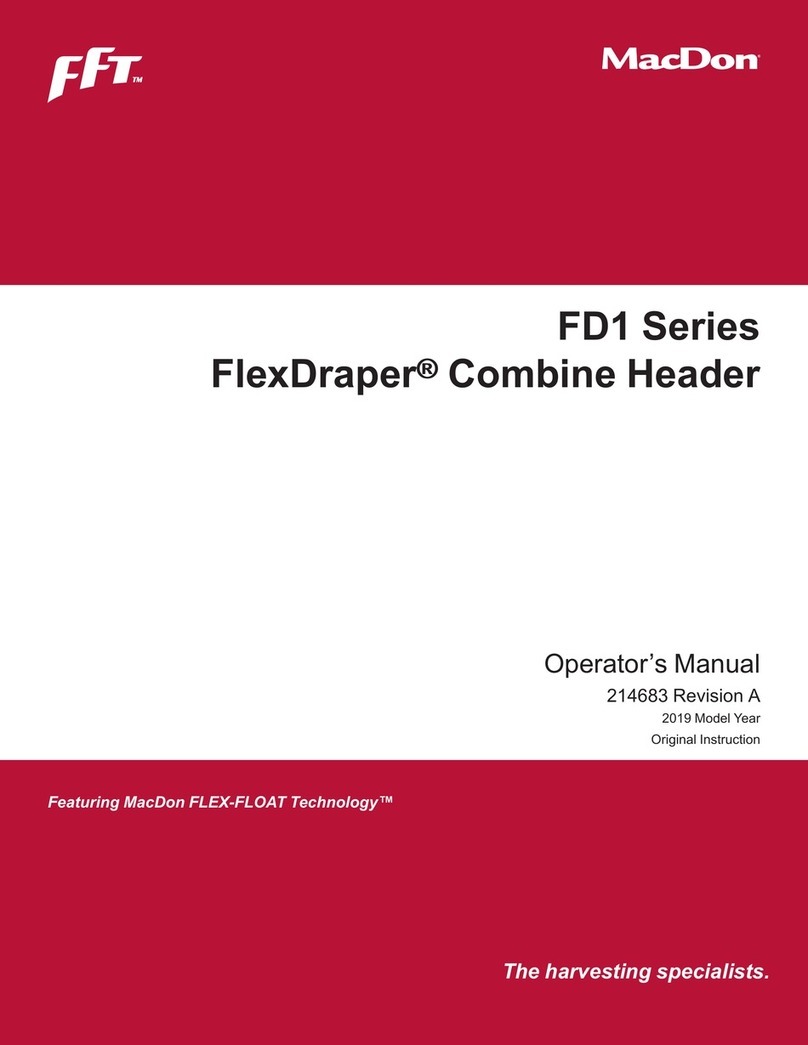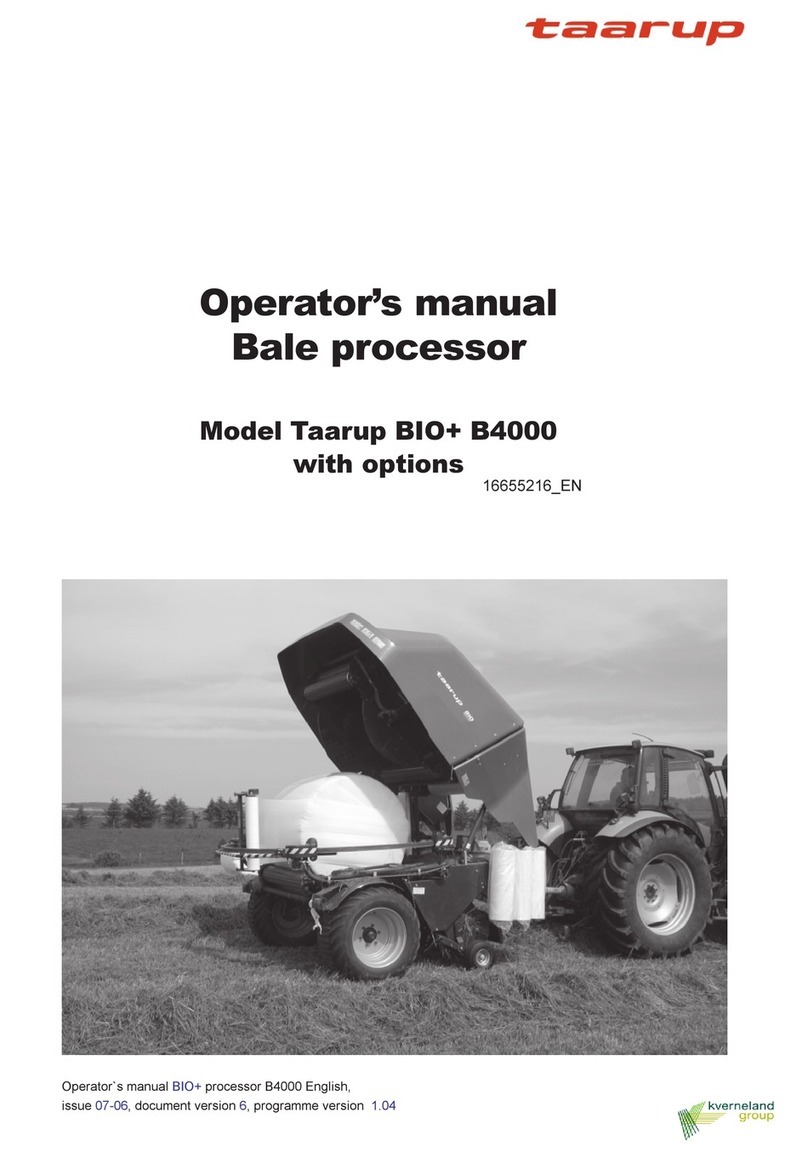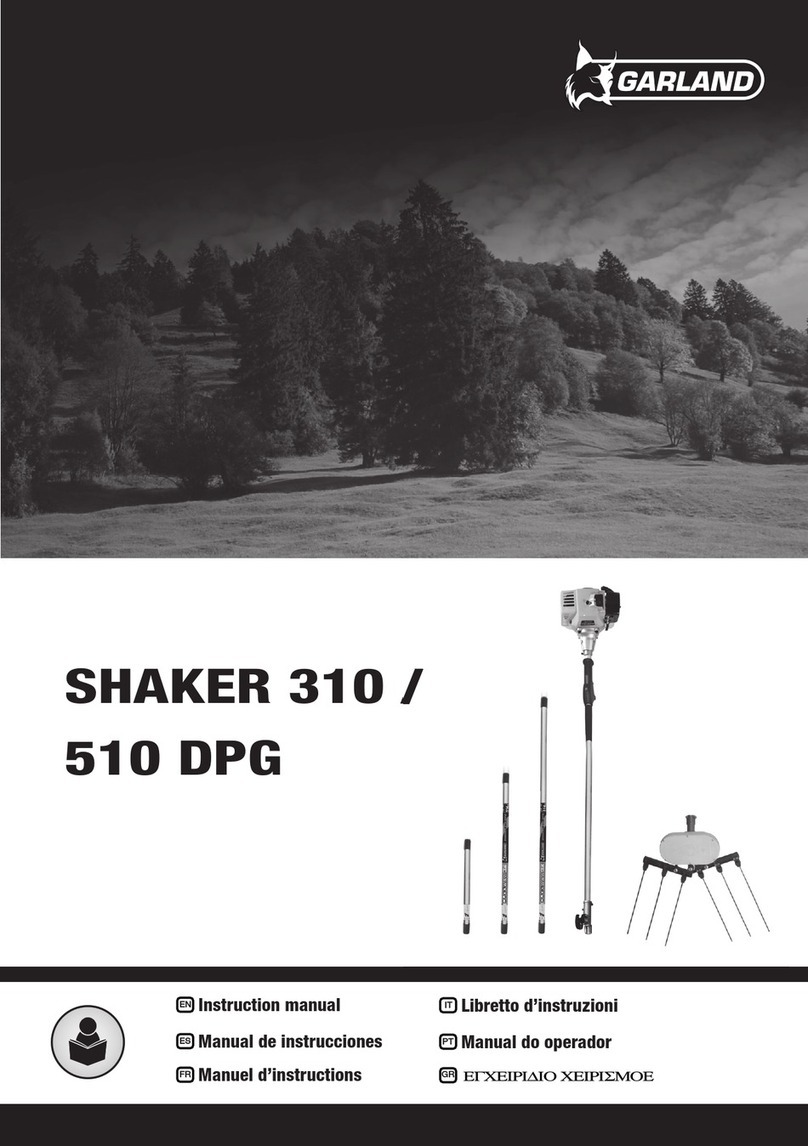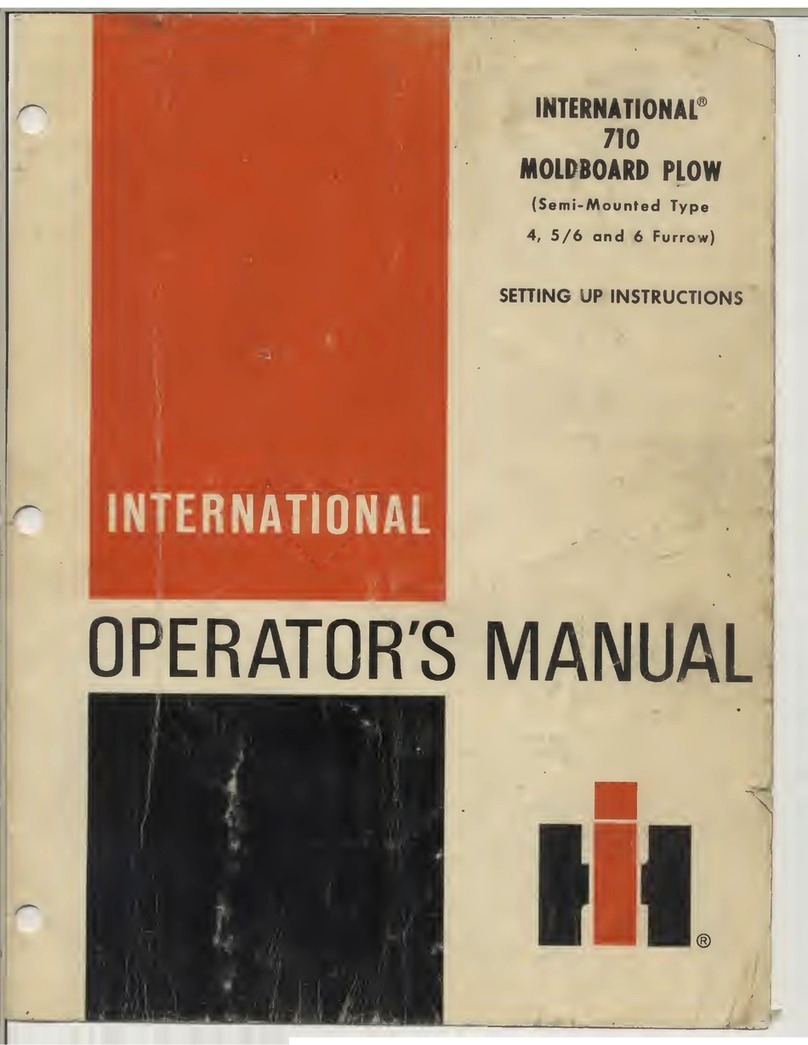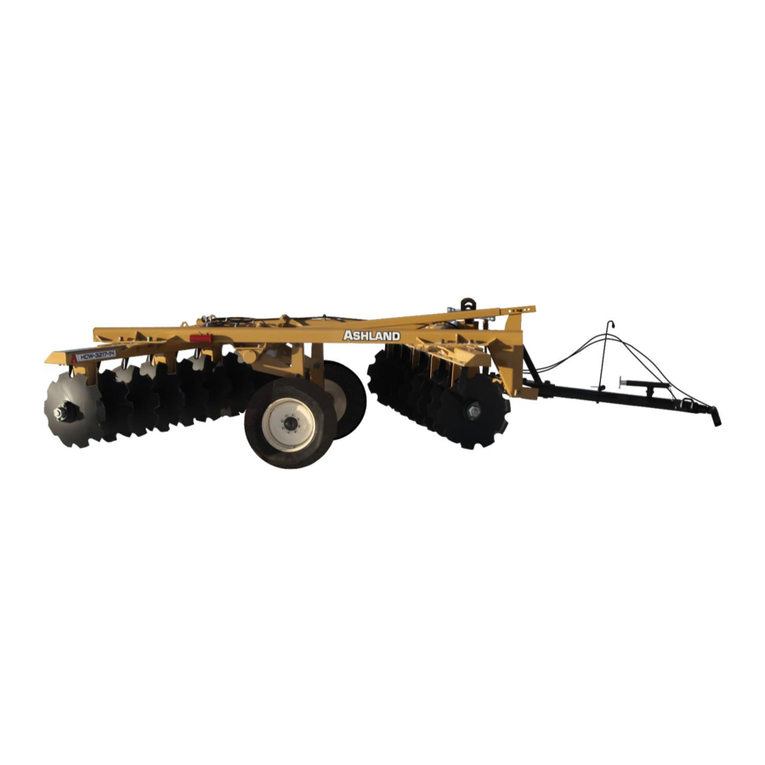
TABLE OF CONTENTS
Section/Title Page
169603 3RevisionB
INTRODUCTION........................................................................................................................................................2
GENERAL SAFETY ..................................................................................................................................................4
RECOMMENDED TORQUES ...................................................................................................................................6
A.GENERAL..........................................................................................................................................6
B.SAE BOLTS.......................................................................................................................................6
C.METRIC BOLTS................................................................................................................................6
D.HYDRAULIC FITTINGS.....................................................................................................................7
CONVERSION CHART .............................................................................................................................................9
STEP 1. UNLOAD HEADER..................................................................................................................................10
STEP 2. LOWER HEADER....................................................................................................................................11
A.SINGLE REEL HEADERS...............................................................................................................11
B.DOUBLE REEL HEADERS.............................................................................................................12
STEP 3.REMOVE SHIPPING SUPPORTS.......................................................................................................13
STEP 4.INSTALL REEL LIFT CYLINDERS .....................................................................................................15
STEP 5.ATTACH TO WINDROWER ................................................................................................................18
STEP 6.CONNECT CENTER-LINK ..................................................................................................................20
STEP 7.CONNECT HYDRAULICS...................................................................................................................22
STEP 8.ATTACH CAM ARMS..........................................................................................................................24
STEP 9.INSTALL CROP DIVIDERS.................................................................................................................25
STEP 10.TRIM DRAPER DEFLECTORS...........................................................................................................26
STEP 11.ADJUST TRANSPORT LIGHTS..........................................................................................................26
STEP 12.INSTALL OPTIONS.............................................................................................................................26
STEP 13.ADD BALLAST....................................................................................................................................27
STEP 14.PRE-DELIVERY INSPECTION............................................................................................................28
A.TIRE PRESSURE (Transport and Stabilizer Wheel Options).........................................................28
B.WHEEL BOLT TORQUE (Transport and Stabilizer Wheel Options) ..............................................28
C.SICKLE DRIVE BOX .......................................................................................................................28
D.SICKLE DRIVE BELT TENSION.....................................................................................................29
I.NON-TIMED DRIVE: SK and DK..............................................................................................29
II.TIMED DRIVE: DK....................................................................................................................29
E.REEL CENTERING.........................................................................................................................30
F.DRAPER TENSION.........................................................................................................................31
G.SKID SHOE SETTINGS..................................................................................................................32
H.HEADER LEVELLING.....................................................................................................................32
I.REEL TINE TO CUTTERBAR CLEARANCE..................................................................................33
J.DRAPER SEAL................................................................................................................................35
K.ENDSHIELDS..................................................................................................................................36
L.LUBRICATE HEADER.....................................................................................................................38
M.MANUALS .......................................................................................................................................41
STEP 16.RUN-UP THE HEADER.......................................................................................................................42
STEP 17.POST RUN-UP CHECKS.....................................................................................................................43
A.KNIFE ..............................................................................................................................................43
